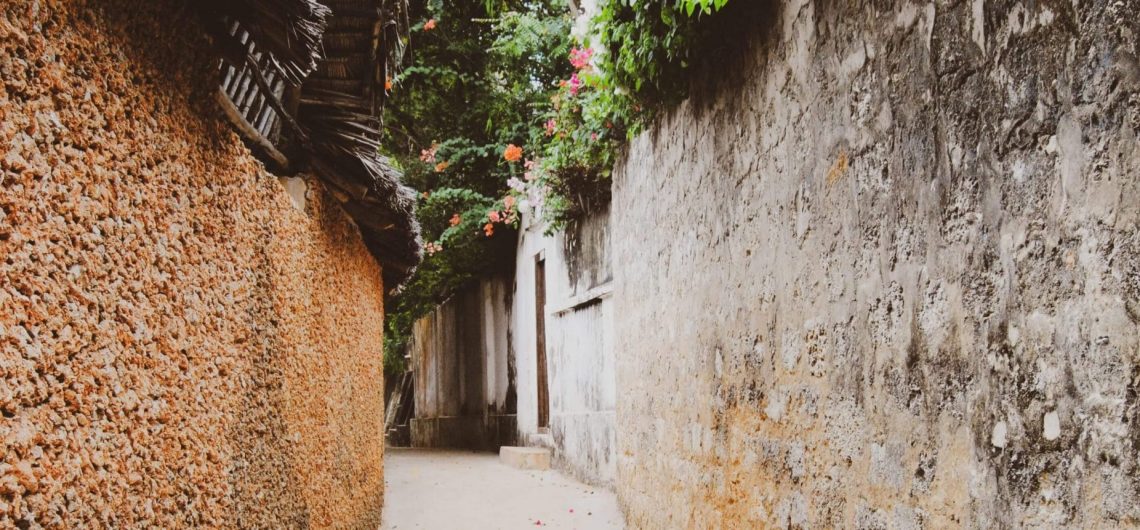
A world heritage site is an area or landmark which is legally protected by an international convention through United Nations Educational, Scientific and Cultural Organization (UNESCO). This sites are designated by UNESCO as world heritage sites because of their importance in cultural, historical and scientific value. Kenya has seven sites designated as world heritage sites by UNESCO.
The Kenya UNESCO World Heritage Sites include the following;
UNESCO world Heritage Sites in Kenya
Fort Jesus
Fort Jesus Museum is located in the city of Mombasa at the Kenyan coast. The Portuguese built the fort in 1593 to secure their safety. The Fort therefore became a Museum in 1962. In 2011 it was designated as a Ken world heritage site by UNESCO. It is an important historical landmark in the East African region. It is one of the most outstanding and well preserved examples of 16th Portuguese military fortification. Also a landmark in the history of this type of construction. Fort Jesus became a UNESCO world Heritage site in the year 2011.
Mount Kenya National Park / Natural forest
The The Park is located about 175 km (108 miles) from Nairobi. It covers around 700 square kilometers protecting the mountain between altitudes of 11,000 ft and 17,058 ft above sea level. The Mount Kenya National Park protects the unique ecosystem that is found on the slopes of Africa’s second highest mountain. It acts as an area for the catchment of water and lies within the traditional migrating route of the African elephant population. It was therefore designated a as a UNESCO world heritage site in the year 1997.
Kenya Lake System in the Great Rift Valley
The Kenya Lake System in the Great Rift Valley comprises three inter-linked shallow lakes which are Lake Bogoria, Lake Nakuru and Lake Elementaita in the Rift Valley Province of Kenya. The sites are home to 13 globally threatened bird species and some of the highest bird diversities in the world. They are also the single most important foraging site for the lesser flamingo anywhere. They are also a major nesting and breeding ground for great white pelicans. Mammal populations also inhabit the area. They include the black rhinos and are valuable for the study of ecological processes of major importance. The lake system were designated as UNESCO world Heritage site in 2011.
Lamu Old Town (Kenya UNESCO World Heritage Sites)
Lamu Old Town is distinct because of its architecture and distinctly unique Swahili culture. The town of Lamu started as a 14th century Swahili settlement. Portuguese explorers, Turkish traders and the Omani Arabs influenced this. There are no vehicles on this island, and the donkey and the dhow remain the dominant form of transport. It is the oldest and best-preserved Swahili settlement in East Africa, retaining its traditional functions. Lamu old Town has hosted Muslim religious festivals since the 19th century, and has become a significant centre for the study of Islamic and Swahili cultures. The World Heritage Committee designated Lamu Old Town on the UNESCO World Heritage List in 2001.
Thimlich Ohinga archaeological site
Thimlich Ohinga archaeological site also known as “frightening dense forest” in Dholuo language, a local Nilotic group who occupy the region. The enclosure built of loose stones and blocks without any dressing or mortar was probably built in the 16th century. Archaeological record of materials found within the site goes beyond 500 years ago. Thimlich Ohinga is indeed the largest and best preserved of these type of traditional enclosures. It is an exceptional example of the tradition of massive dry-stone walled enclosures, typical of the first pastoral communities in the Lake Victoria Basin, which occupied the location from the 16th to the mid-20th century. Thimlich ohinga is the latest designated world heritage in Kenya site which was done in 2018.
Lake Turkana National Parks
Among the Africa’s large lakes, it is the most saline and also a unique area for the study of flora and fauna. The three national park that comprises Lake Turkana National Park namely Sibiloi National park and Central Island and Southern Island serves as stopover for the migrant water fowl and are major breeding grounds for the Nile crocodile, hippopotamus and a variety of venomous snakes. The Koobi Fora deposits, rich in mammalian, molluscan and other fossil remains, have indeed contributed more to the understanding of paleo-environments than any other site on the continent. Lake Turkana National Parks were designated UNESCO world heritage sites in the year 1917 and extension in 2001.
Sacred Mijikenda Kaya Forests
The Mijikenda Kaya Forests consist of 11 separate forest sites spread over 200 km along the coast containing the remains of numerous fortified villages, known as kayas, of the Mijikenda people. The kayas, created as of the 16th century but abandoned by the 1940s, are now regarded as the abodes of ancestors. They are also revered as sacred sites and, as such, are maintained as by councils of elders. The sites are inscribed as bearing unique testimony to a cultural tradition and for its direct link to a living tradition. The sites were designated as UNESCO world heritage in the year 2008
